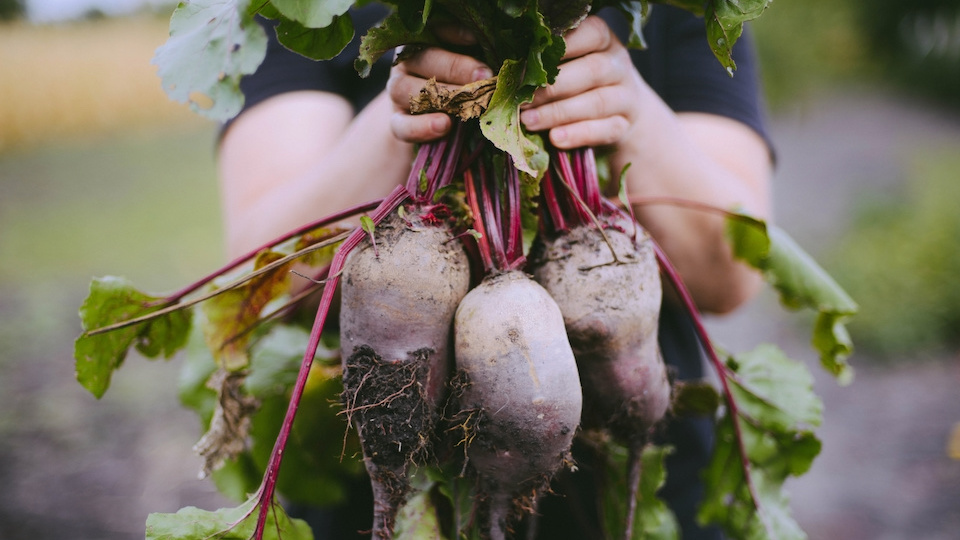Some people hate them because they taste a bit too earthy, while others love them for the same reason. If you fall into the “love” camp, then growing your own beets make a whole lot of sense. Not only do homegrown beets taste leaps and bounds better than those purchased in the grocery store, but they are tons of fun to grow. Here are some tips for growing the biggest and best beets ever.
Beets can be cooked in a variety of ways and pack a nutritional punch. Though the bulbous parts of beets are most commonly served, the greens are delicious and contain even more iron than spinach. This annual plant must be sown every year, but it is incredibly easy to start from seed and one of the hardiest crops you can grow.
Popular varieties
Here are some of the most popular varieties of beets grown in the home garden:
● Yellow
● White
● Detroit dark red
● Cylindra
● Semiglobe
● Globe
Tips for success
Growing from seed – Beets are really easy to grow from seed in your garden or in a container. Consider how much room you will need depending on the variety and size of mature plants. The average beetroots will grow 1 to 3 inches in diameter. The leaves can spread out about 12 inches and grow to 8 to 12 inches high. Planting seeds about 2 to 3 inches apart usually encourages healthy growth.
Container growing – Because of their compact growth habit, beets make an excellent container crop. Choose a container that is at least 8 to 12 inches deep with excellent drainage. Keep the soil well watered, and choose small types like “Mini Ball” and “Baby Ball” for best results.
Provide plenty of sun – Beets are most often grown as a root crop, which means that they will do best in full sun but will also tolerate afternoon shade. Tucking beets in between taller plants in the garden is a popular planting technique.
Plant in lightweight soil – Beets prefer a light soil that drains well and is slightly acidic.
Remove obstacles – Be sure that you remove rocks, clay, and anything else in your garden soil that may interfere with the development of the root. It is also essential that you keep the growing area free of weeds.
Watering – Provide one inch of water every week and use mulch to keep the soil from drying out and getting too hot.
Cool temperatures – Beets like cool temperatures and can even tolerate a light frost. Because of this, the best time to grow beets is in the early spring and fall in most regions.
Successive planting – You can sow beets successively if the daytime temperature is not above 75 degrees.
Feeding – Beets like rich, organic soil. If you don’t have this type of soil, you will need to feed your beets every two weeks after beets emerge. Use a well-balanced feed such as an organic compost tea for the best results.
Harvesting – You can begin harvesting beet greens (if desired) when they are a couple of inches tall. Beetroots are ready between 50 to 70 days from planting and can be harvested when they reach 1.5 to 2 inches in diameter. Tugging or digging works best to harvest the roots.
Saving – Beets are ideal root cellar vegetables and will last three to four months in near-freezing temperatures and high humidity levels between 98 to 100 percent. You can also save beets by canning, pickling, or freezing them.
Happy growing!
-Susan Patterson




